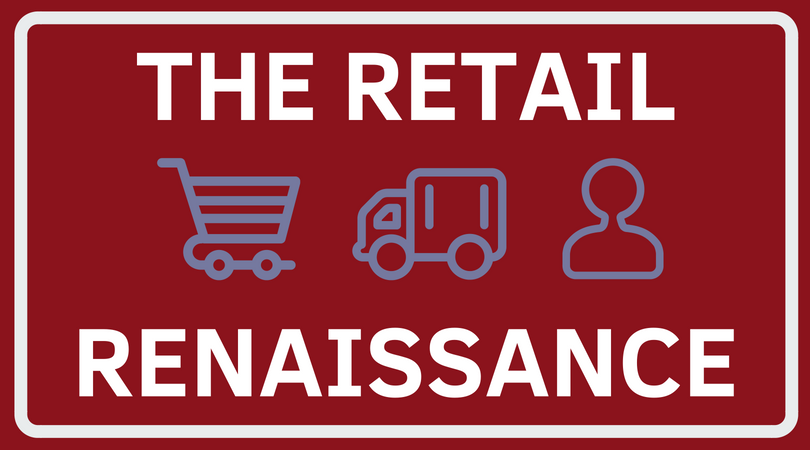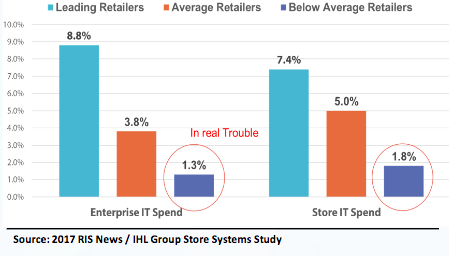
The truth, however, is that the retail industry is actually growing stronger. Sales last year grew by over $120 billion, and only 30% of that increase is from ecommerce. In addition, for every store that closed last year, two or three more stores took its place. Those store closings were also heavily confined to just a few specific companies, and were not by any means rampant among retailers in general.
It would seem that the “retail apocalypse” might be more in line with a “retail renaissance,” where certain companies are taking hits while others are expanding and thriving. It is true this is a major transition from one type of industry into another. Retailers that are doing well have locations that are starting to look very different from the big-box stores of the past, and in the next few years, they will likely be unrecognizable even from those that exist today. Companies are experimenting with a variety of new technologies and business models to better fit the demands of the consumer.
Here are a few reasons to be hopeful for the future of retail – and a few ways to not be left behind as the industry shifts into a new direction.
Focus on the advantages of physical stores
We’ve explained how to implement omnichannel strategies before, and for good reason. The days of the big-box pseudo-warehouse retailers are over; customers can easily find and order products online, and your competition is usually only a few blocks away at any given location. Your customers need a good reason to choose your store over another, and price isn’t the big determinant any longer.
Why your customers choose to go to a brick-and-mortar retailer can vary, but it’s almost always out of convenience, and because they expect a certain level of branded interaction. Great customer service is one component of a larger scheme: offering personalized deals and captivating ways of interacting with your brand can help engage and retain customers in the long-term.
Develop a plan for IT growth

This ties into offering a better experience for your customers, but it also has to do with scalability. Your business is reliant on efficient, scalable IT systems, as well as being able to accept diverse methods of payment. More importantly, your business relies on real data, which is primarily collected in-store. A robust IT system is one that is growing and meets the demands of a changing industry.
Even the playing field with ecommerce
If you have concerns regarding your online competitors, leveling the playing field will help staunch some of those reservations. The major advantages of online retail aren’t limited to just convenience. Online stores rarely run out of stock, they can gather powerful real-time analytics, and they can also deploy a number of techniques to monitor and encourage conversions. What is your business doing to mimic or implement these powerful features?
Providing options for in-store pickup, like click-and-collect, can help to retain customers who need a product that you may not have in stock. Modern POS systems can collect, interpret, and even automatically respond to consumer data and trends, which includes reminders for customers who consistently purchase certain products. With this data, your business can track conversions and send discounts to customers to incentivize a purchase.
IT systems and the Retail Apocalypse
The leading retailers of today aren’t doing more of the same, they’re experimenting with and deploying innovative concepts to engage with customers. The way you compete with a rapidly changing market is by meeting the demand, and the demand in this era of the “retail apocalypse” is simple: customers want better, more immersive interactions with your company. Ultimately, that makes for better business. It’s not as simple as slashing prices to beat out competition, and it’s much more than brand differentiation. The Retail Renaissance is about building better systems and providing more for your customers.
Contact us now to learn how we can help your business. Whether you want to deploy new IT systems or support existing ones, our professional and responsive team has extensive experience in project management and working to make your systems effective and secure.